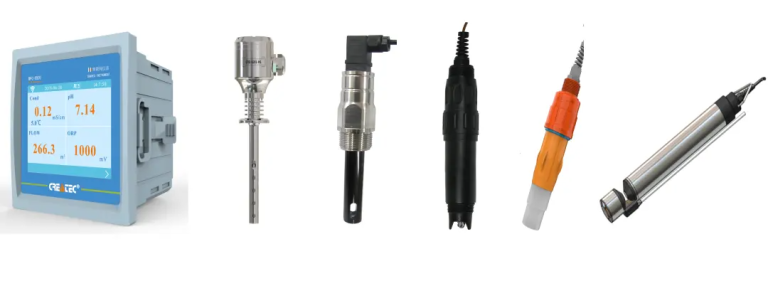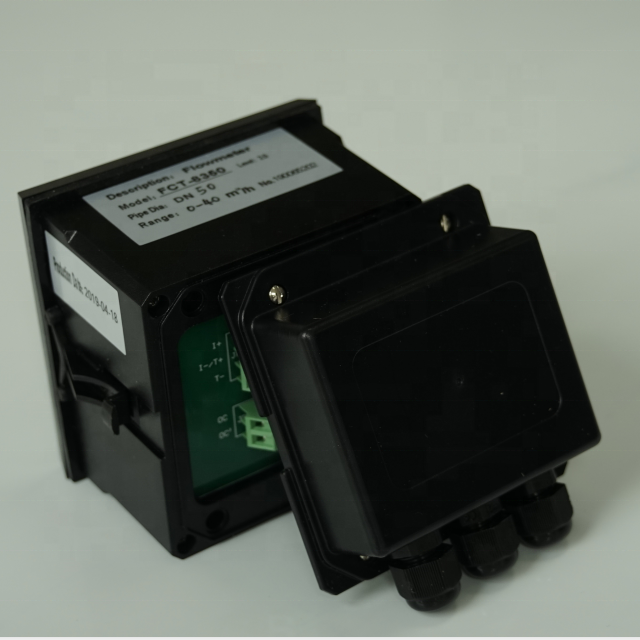“Clarity for Health: Understanding the Significance of Turbidity in Drinking Water.”
The Significance of Turbidity in Drinking Water Quality

Water is an essential resource for all living beings, and ensuring its quality is of utmost importance. One crucial aspect of water quality is turbidity, which refers to the cloudiness or haziness of water caused by suspended particles. While turbidity may seem like a minor concern, it plays a significant role in determining the safety and suitability of drinking water.
Turbidity in drinking water is a matter of concern due to several reasons. Firstly, it can be an indicator of potential health risks. Suspended particles in water can include various contaminants such as bacteria, viruses, and parasites. These microorganisms can cause waterborne diseases like cholera, dysentery, and giardiasis. By measuring turbidity, water treatment facilities can assess the effectiveness of their filtration systems in removing these harmful particles.
Moreover, turbidity can affect the taste and appearance of drinking water. High turbidity levels can give water an unpleasant taste and odor, making it unappealing to consume. Additionally, cloudy water may not be visually appealing, leading to a lack of consumer confidence in the water supply. By monitoring and controlling turbidity, water authorities can ensure that the water delivered to households meets aesthetic standards, enhancing consumer satisfaction.
Turbidity also has implications for the efficiency of water treatment processes. High turbidity levels can interfere with disinfection methods such as chlorination. When suspended particles are present in water, they can shield microorganisms from the disinfectant, reducing its effectiveness. This can compromise the safety of the water supply and increase the risk of waterborne diseases. By monitoring turbidity, water treatment plants can adjust their disinfection processes to ensure adequate microbial control.
Furthermore, turbidity can impact the overall performance of water treatment plants. Excessive turbidity can lead to clogging and fouling of filtration systems, reducing their efficiency and increasing maintenance costs. By regularly monitoring turbidity levels, operators can identify when filters need cleaning or replacement, preventing system failures and ensuring uninterrupted water supply.
In addition to health and operational considerations, turbidity is also a regulatory parameter for drinking water quality. Many countries and international organizations have established turbidity standards that must be met to ensure safe drinking water. These standards are based on scientific research and aim to protect public health. By complying with these regulations, water authorities can demonstrate their commitment to providing safe and reliable drinking water to the population.

To measure turbidity, water treatment facilities use instruments called turbidimeters. These devices measure the amount of light scattered or absorbed by suspended particles in water. The results are expressed in nephelometric turbidity units (NTU), which provide a standardized measure of turbidity. Regular monitoring of turbidity levels allows water treatment plants to detect any deviations from the desired range and take corrective actions promptly.
In conclusion, turbidity is a critical parameter in assessing the quality of drinking water. It serves as an indicator of potential health risks, affects the taste and appearance of water, and can interfere with treatment processes. By monitoring and controlling turbidity levels, water authorities can ensure the safety, aesthetic appeal, and efficiency of the water supply. Compliance with turbidity standards also demonstrates a commitment to providing safe drinking water to the population. Therefore, understanding the significance of turbidity is essential for maintaining the overall quality of drinking water.
| Product name | pH/ORP-8500A transmitter controller | ||
| Measurement parameter | Measurement Range | Resolution ratio | Accuracy |
| pH | 0.00~14.00 | 0.01 | ±0.1 |
| ORP | (-1999~+1999)mV | 1mV | ±5mV(Electric meter) |
| Temperature | (0.0~100.0)℃ | 0.1℃ | ±0.5℃ |
| Temperature range of Tested solution | (0.0~100.0)℃ | ||
| Temperature component | NTC10K thermal element | ||
| (4~20)mA Current output | Channel No. | 2 channels | |
| Technical characteristics | Isolated, fully adjustable, reverse, | ||
| configurable, instrument / transmitting dual mode | |||
| Loop resistance | 400Ω(Max),DC 24V | ||
| Transmission accuracy | ±0.1mA | ||
| Control contact | Channel NO. | 3 Channels | |
| Electric contact | Semiconductor photoelectric switch | ||
| Programmable | Each channel can be programmed and point to (temperature, pH/ORP, time) | ||
| Technical characteristics | Presetting of normally open /normally closed state / pulse /PID regulation | ||
| Load capacity | 50mA(Max)AC/DC 30V | ||
| Data communication | MODBUS, RS485 standard protocol | ||
| Working power supply | DC 24V±4V | ||
| Overall power consumption | <5.5W | ||
| Working environment | Temperature: (0~50) ℃ | ||
| Relative humidity: ≤ 85%RH (non condensing) | |||
| Storage environment | Temperature: (-20~60) ℃ | ||
| Relative humidity: ≤ 85%RH (non condensing) | |||
| Protection level | IP65 (with back cover) | ||
| Shape size | 96mm×96 mm×94mm (H×W×D) | ||
| Opening size | 91mm×91mm(H×W) | ||
| Fixed mode | Panel mounting type quick fixed | ||







